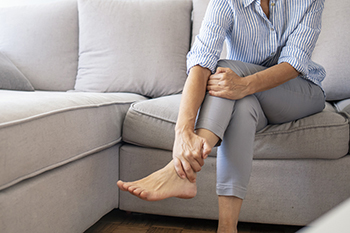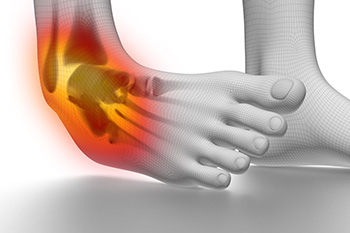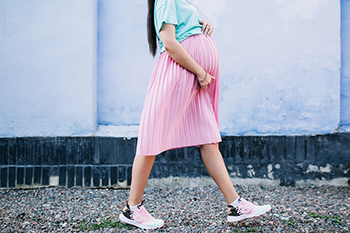Rheumatoid arthritis (RA) is an autoimmune disorder in which the body’s immune system attacks its own otherwise healthy joint lining. This condition can affect any of the 33 joints of the feet, as well as the ankle joints. RA symptoms include joint pain, stiffness, swelling, and warmth. It may become difficult to stand, walk, or exercise due to joint pain. RA can also affect the biomechanics of the feet. When the structure of the foot changes, this can affect one’s gait or walking pattern. Foot deformities, such as bunions and hammertoes, also become more likely. RA’s negative effects on mobility could impact one’s overall quality of life.
Although there is no cure for RA, your chiropodist can help you manage symptoms and maintain the health of your feet and your mobility. They may recommend conservative treatments such as resting and icing the feet and taking non-steroidal anti-inflammatory medications to manage pain. Orthotic inserts and braces can help reduce pain and give the feet structure and support. In more severe cases, corticosteroid injections can be used to relieve pain as well.
Surgical treatments for joint pain are another possible option for those with RA, particularly if the conservative treatment methods described above prove ineffective. Joint fusion surgery or joint replacement surgery may help. Deformities like bunions and hammertoes can be surgically corrected as well.
To learn more about living with RA, please consult with a chiropodist near you.






